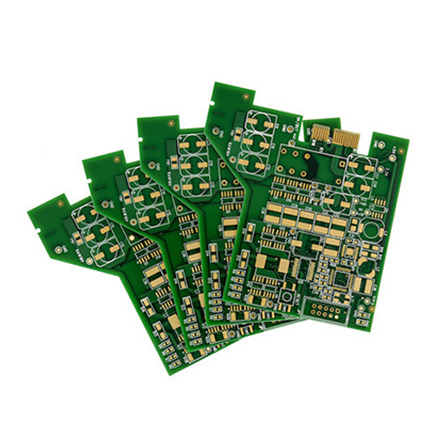

Understanding Low E Glass and Its Emissivity Value
Low E glass, or low-emissivity glass, has become an essential component in modern building design and construction. With the increasing awareness of energy efficiency and environmental sustainability, low E glass offers significant advantages over traditional glass. One of the key characteristics that define its performance is its emissivity value.
What is Emissivity?
Emissivity is a measure of a material’s ability to emit heat radiation. It is a dimensionless quantity that ranges from 0 to 1, where 0 means that the material is a perfect reflector (it emits no radiation), and 1 indicates that the material is a perfect emitter of thermal radiation. Low E glass usually has an emissivity value less than 0.1, meaning it reflects a high percentage of infrared radiation while allowing visible light to pass through.
The Science Behind Low E Glass
Low E glass is coated with a thin layer of metallic or metallic oxide that helps regulate temperature by reflecting heat. In colder climates, the low emissivity coating keeps indoor heat from escaping, reducing heating costs and enhancing comfort. Conversely, in warmer climates, it reflects external heat away, thus reducing the need for air conditioning. This dual functionality makes low E glass popular for commercial and residential buildings alike.
Benefits of Low E Glass

1. Energy Efficiency The low emissivity coating significantly reduces heat loss in winter and heat gain in summer. According to studies, using low E glass can lead to energy savings of up to 30% to 50% in heating and cooling costs.
2. Comfort By maintaining a more consistent indoor temperature, low E glass enhances comfort for building occupants. It eliminates cold spots near windows and creates a more stable living or working environment.
3. UV Protection In addition to controlling heat transfer, low E glass can filter out harmful ultraviolet (UV) rays. This helps protect furnishings, carpets, and artwork from fading, extending their lifespan and maintaining aesthetic appeal.
4. Environmental Impact By reducing energy consumption, low E glass contributes to lower greenhouse gas emissions. Buildings with low E windows consume less energy, which is beneficial for the environment and leads to significant cost savings over time.
Considerations for Use
When choosing low E glass, it is vital to consider the specific emissivity value best suited for the climate and intended use. While a lower emissivity value usually offers better insulation properties, the optimal choice may vary depending on geographic location, building orientation, and design.
In conclusion, the low emissivity value of low E glass plays a critical role in its effectiveness as an energy-efficient building material. By reflecting heat while allowing visible light to pass through, it creates an environment that is not only comfortable but also sustainable. As the world leans more towards energy efficiency and conservation, low E glass stands out as a smart choice for modern construction, promising significant benefits for both the inhabitants and the planet.